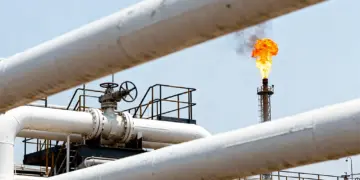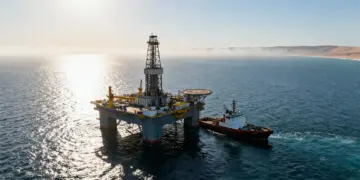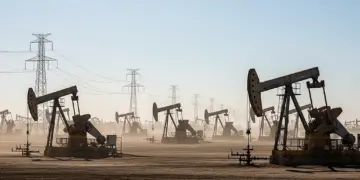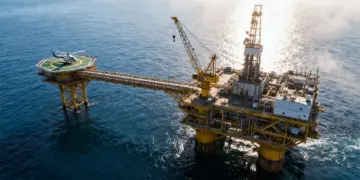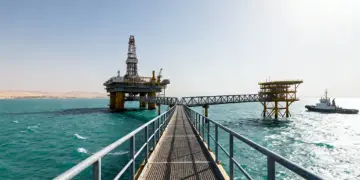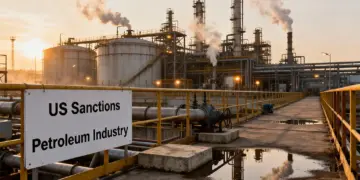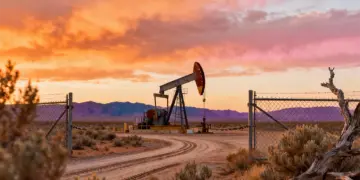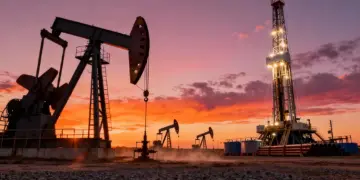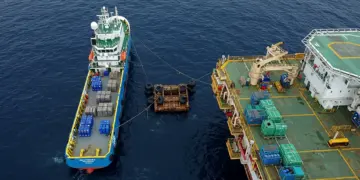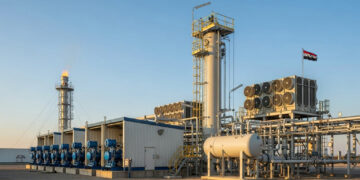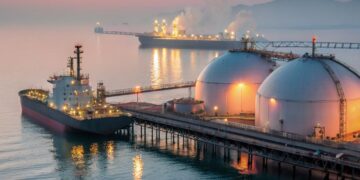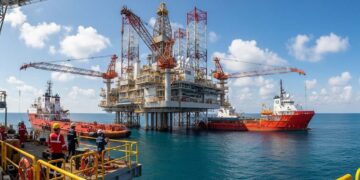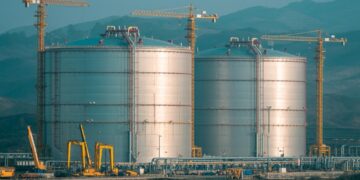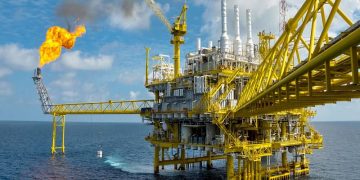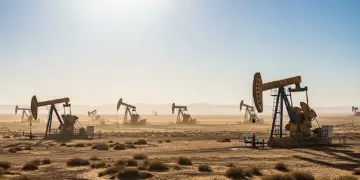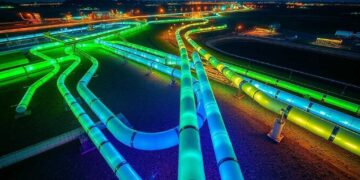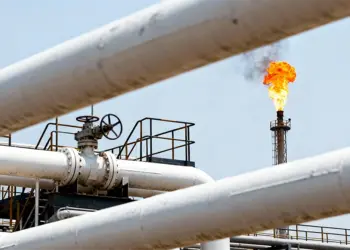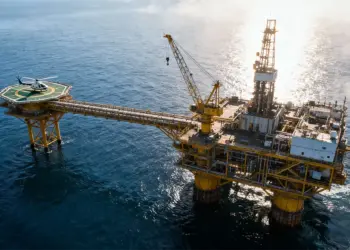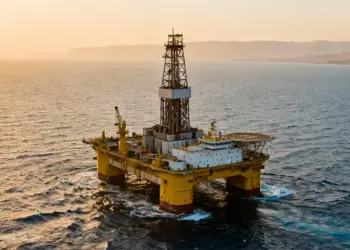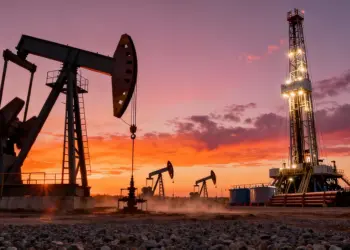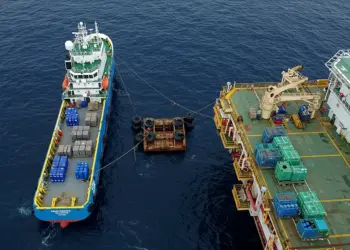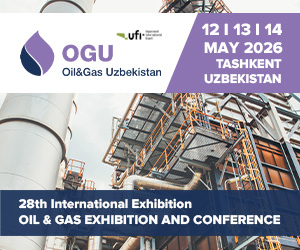Ensuring Future-proofing Gas Sector, Efficient, and Growth-oriented
The world is facing an energy transformation as countries strive to adopt more sustainable forms of energy while meeting the increasing energy demand. Natural gas has been found as one of the most crucial bridge fuels in energy transition around the globe as major economies shift towards cleaner and more efficient energy solutions. Yet, despite the promises of the gas industry, it is not having troubles that can affect this potential to revenue, namely, variability in demand, prizes, geostrategy risks, rules in the área and market inefficacies. However, the need to adapt to these complexities will be paramount to ensure long-term sustainability, necessitating future-proofing gas sector as a strategic imperative.
Future-proofing Gas Sector is not a buzzword; it is a holistic strategy to increase resilience, sustainability, and efficiency across the gas value chain. This industry has the potential to be a pillar of energy security, if aligned with the needs of a decarbonizing world, through focused reforms and technology innovation and policy support. However, adjustments toward slashing of highlighted market efficiencies through gas equations have been mandated, and they must be by all means for the very sustainable continuation and development of the gas sector.
Market Efficiency and Regulatory Reforms
Regulatory frameworks shape the dynamics of the gas sector. The industry has traditionally struggled with fragmented and dysfunctional policies that led to a significant loss of market efficiency. Such regulation is less transactions cost bound and would allow the full development of the natural gas potential, provided the gas producers are nudged to forge greater collaboration and a level playing field for investments. That is the basis of future-proofing gas sector.
A major recent step in this direction has been the call for a unified pricing mechanism of gas. In much of the country, gas prices remain based on archaic models that don’t account for market realities. For instance, over-reliance on long-term contracts and fixed pricing mechanisms often leads to inefficiencies and demotivates market players to respond to changes in demand and supply dynamics. Pricing of this commodity should be determined by a market-based pricing model, driven by demand-supply forces, to ensure fair pricing and implementation of the market efficiencies. Others, like India, which unveiled plans in recent weeks to scrap its domestic gas pricing regime, are paving the way for future reforms.
The liberalization of the gas trading markets is also essential. To do this, we will need to create a robust gas exchange that enables buyers and sellers to buy and sell gas up to a market clearing price in a transparent manner that promotes competition and efficiency. European countries, for example, currently have gas hubs such as the Dutch TTF, a key global gas price index. These price hubs create better price discovery in the system and give more opportunity for liquidity and participation from international investors. There is real potential to adopt these models in new gas markets to enhance global competitiveness.
Building the System for a Resilient Gas Future
The other main pillar of future-proofing gas sector is through infrastructure development. Gas market efficiency is dependent upon a well-developed transportation, storage, and distribution infrastructure. And, without these vital assets, well-intentioned policies lack the actual results.
Especially, LNG (liquid natural gas) infrastructure has become a game-changer for the global gas market. LNG solution is especially important as the demand for natural gas is increasing in areas that are far away from production centers. In line with the rising trade, both new LNG terminals and regasification facilities have been extensively invested in over the last few years. For example, global LNG trade volumes hit a record high of 409 million metric tons in 2024, highlighting the critical nature of infrastructure in growing the international market.
But gaps remain, particularly in emerging economies where infrastructure shortfalls constrain the sector’s growth potential. Governments need to prioritize investment in pipelines, storage facilities and distribution networks to tackle this. In addition, by digitizing infrastructures through tools methodologies such as IoT (Internet of Things) and AI (artificial intelligence), operational efficiency can be improved. Data-driven applications such as smart meters, predictive maintenance systems, or real-time monitoring solutions can help the sector save substantial costs and avoid supply break-off, thus making the industry more resilient.
Gas Sector Decarbonization to Ensure Long-term Relevance
However, given the climate emergency now faced by the world, the gas industry will have to configure itself around the global decarbonisation goals to be relevant. Though natural gas has sometimes been promoted as a more climate-friendly option to coal and oil, it is still responsible for carbon emissions. That means, if this is truly the way of the future, future-proofing gas sector must in fact entail as much of a concerted effort to reduce its environmental footprint through technology and innovation as we have attached to overhauling the coal sector.
However, one of the most promising avenues is the production of green hydrogen. Made by splitting water into hydrogen and oxygen using renewable energy, green hydrogen is a carbon-neutral substitute for natural gas. In fact, many gas companies are already looking at blending hydrogen with natural gas to cut emissions while maintaining energy output. To illustrate, by 2030, the European Union aims to produce 10 million tons of renewable hydrogen each year as part of a major commitment to cleaner energy sources.
CCUS (carbon capture utilization storage) is also a transformational technology with potential to decarbonize the gas sector. CCUS keeps dangerous pollutants from getting pumped into the atmosphere by capturing carbon emissions from gas-fired power plants and industrial facilities. Reaching net-zero goals will require capturing and storing more than 7.6 billion tons of CO2 per year by 2050, according to the International Energy Agency (IEA), and CCUS will play a necessary role in the energy systems of the future.
Additionally, the use of renewable natural gas (RNG) in the supply chain is gaining momentum. RNG is highly carbon neutral, as it is derived from organic waste, and can be deployed without alteration to current gas grids. In the U.S., RNG production is also on the rise, with states encouraging its adoption through subsidies and tax credits.
Encouraging Collaboration and Innovation
No one future-proofing gas sector initiative can succeed alone. The gas sector does not work in isolation but is part of a larger energy system involving governments, private companies and international organizations. For transformative reforms and sustainable growth, cooperation among these capacity bustle of stakeholders is a necessity.
Public-private partnerships (PPP) have a key role to play in closing the financing gap, with PPPs providing infrastructure services in return for a share of the benefits. Without detailed capital planning using small amounts of public resources, large-scale investment in public assets will be limited to areas that can pay back with high tariffs and these would be projects such as regional pipeline networks or LNG terminals. Moreover, opening doors for innovation via R&D will introduce new technologies that improve efficiency and sustainability.
Given the recent turmoil in the commodity markets and my previous experience working in multiple energy policy roles, international cooperation is just as critical as national energy development. These include organizations like the International Gas Union (IGU) and the International Energy Agency (IEA), which advocate for best practices, standardization, and cross-border knowledge-sharing.
Conclusion
Gas sector reform is an urgent necessity. Energy Markets Changing And Environmental Pressures Growing — Can The Oil And Gas Industry Adapt To New Challenges And Opportunities? The sector can thus serve as a key pillar in the global energy transition by implementing regulatory reforms, investing in generation and storage infrastructure, adopting clean technologies, and capitalizing on collaborative opportunities.
The future of gas is not a strategic option — it is an existential need. The choices we make today will lock in the industry for decades to come, determining everything from energy security to economic competitiveness and environmental sustainability. Gas: With the right policies and investments in place, the gas sector can unleash its full potential, delivering reliable, affordable and sustainable energy to the world.


